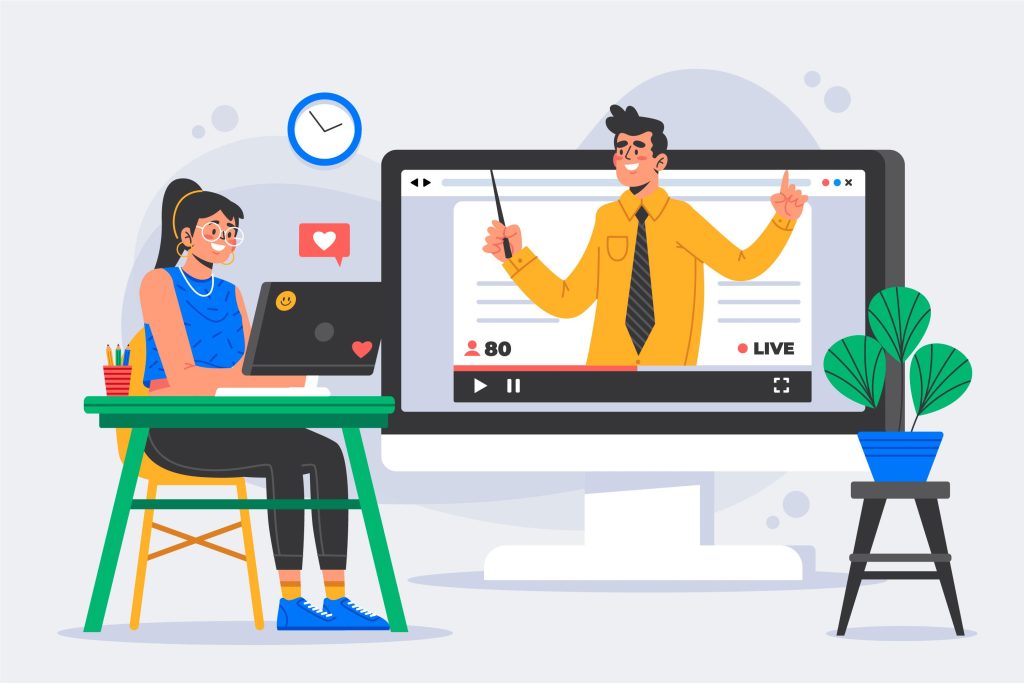Ever feel like your brain just zones out after too much information? You’re not alone. Science confirms it—short learning bursts can be far more effective than marathon study sessions. And the best part? It’s completely free to adopt this strategy.

The Rise of Microlearning: Why “Less Is More” Is Now Backed by Science
In today’s fast-paced digital landscape, our attention spans are shrinking—and the way we learn must adapt. Enter microlearning: short, focused learning sessions that typically last between 5 to 15 minutes. This trend is not just a fad—it’s rapidly becoming a cornerstone in modern education and workplace training.
Research confirms that learning in short bursts improves focus and retention. According to a study by the Journal of Applied Cognitive Psychology, breaking learning into shorter sessions improved participants’ recall by over 20% compared to traditional long-form studying (Cepeda et al. 2006).
How Short Bursts Affect the Brain
1. The Spacing Effect
The spacing effect, first identified over a century ago, refers to the phenomenon where information is better retained when study sessions are spaced out over time. This is the foundation of microlearning.
In short bursts, the brain has time to consolidate information. Rather than overwhelming the neural pathways, it gives the brain room to breathe and absorb content more effectively (Dempster 1989).
2. Cognitive Load Theory
Cognitive Load Theory emphasizes that our brains have a limited capacity for new information at any one time. When that limit is exceeded, learning halts. Microlearning prevents cognitive overload by offering bite-sized, manageable information packets, which keeps learners engaged and efficient (Sweller 2011).
The Corporate Shift to Microlearning
Companies like Google, Unilever, and IBM are now embedding microlearning into their employee training. The reason? Higher retention, faster onboarding, and measurable performance boosts.
A 2022 report by Deloitte found that microlearning modules reduced training time by up to 60% while increasing content retention by 20%—numbers that no HR department can ignore (Deloitte 2022).
Benefits of Learning in Short Bursts
Increased Retention Rates
Short sessions help learners remember more by improving focus and allowing repeated exposure.
Flexibility & Accessibility
You can learn during lunch breaks, commutes, or even waiting in line—microlearning adapts to your schedule.
Lower Cost, Higher Efficiency
Microlearning often uses digital platforms, slashing costs of in-person training or long e-learning modules.
Best Practices for Effective Microlearning
Here’s how to make short burst learning work for you:
- Use Visual Aids: Infographics and videos improve engagement.
- Incorporate Quizzes: Reinforces memory and helps track progress.
- Mix Modalities: Combine audio, visual, and text for multisensory input.
- Repetition is Key: Revisit information in intervals to ensure long-term retention.
Tools and Platforms Supporting Microlearning
Some of the top tools empowering microlearning today include:
- Duolingo: Perfect for learning languages in short, gamified lessons.
- Khan Academy: Breaks down academic topics into short, digestible segments.
- EdApp: Used by companies worldwide to deliver bite-sized professional training.
Who Should Use Microlearning?
- Students preparing for exams
- Professionals looking to upskill quickly
- Educators wanting to engage learners better
- Organizations aiming to improve employee performance
If you’re in any of these categories, integrating microlearning into your routine could significantly enhance your learning curve and output.
The Verdict: Time to Rethink How We Learn
Traditional study methods are not obsolete, but the evidence is mounting—microlearning works, and it works fast. With benefits like increased retention, lower stress, and improved performance, it’s clear why everyone from students to CEOs is embracing this trend.
And here’s the best part: adopting microlearning doesn’t require expensive tools or coaching. It’s accessible, adaptable, and completely scalable.
References
- Cepeda, N. J., Pashler, H., Vul, E., Wixted, J. T., & Rohrer, D. (2006) ‘Distributed practice in verbal recall tasks: A review and quantitative synthesis’, Psychological Bulletin. Available at: https://doi.org (Accessed: 18 June 2025).
- Dempster, F. N. (1989) ‘Spacing effects and their implications for theory and practice’, Educational Psychology Review. Available at: https://doi.org (Accessed: 18 June 2025).
- Deloitte (2022) ‘Global Human Capital Trends: The rise of the social enterprise’, Deloitte Insights. Available at: https://www2.deloitte.com (Accessed: 18 June 2025).






